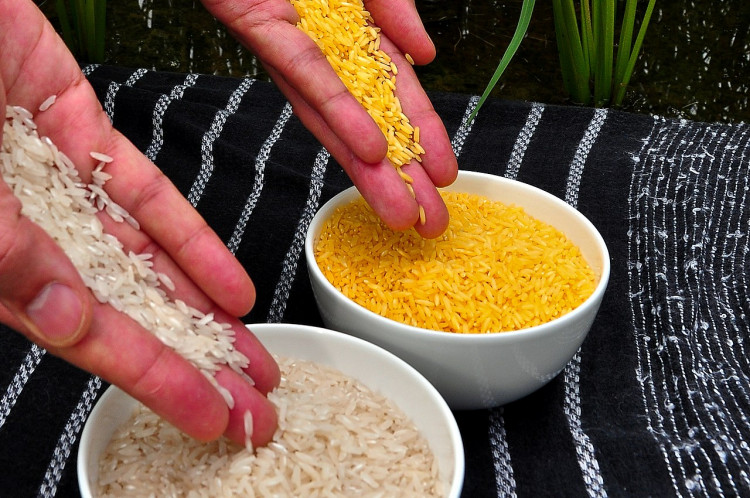In a development that has sent shockwaves through the global food market, the world rice price index has surged to a near 12-year high, according to the Food and Agriculture Organization (FAO) of the United Nations. This surge, which occurred in July 2023, has been attributed to a combination of factors, including unfavorable weather conditions in key rice-producing regions and robust demand from importers.
The FAO's report, released on August 4, 2023, indicates that the world rice price index jumped 5.1% from June to 238 points in July, the highest level since September 2011. This increase is a significant concern for many developing nations where rice is a staple food. The FAO also noted that the overall global food price index, which measures monthly changes for a basket of cereals, oilseeds, dairy products, meat, and sugar, rose 1.1% to 130.9 points in July, marking its third consecutive monthly gain.
In addition to the rise in rice prices, the global food market is also grappling with a significant grain deal. The deal, which involves the export of grains from major producers to various countries worldwide, has been influenced by several factors, including weather conditions, logistical challenges, and geopolitical tensions. This deal has further complicated the global food supply chain, adding to the upward pressure on food prices.
The impact of these developments is being felt across the globe, with countries dependent on rice and grain imports particularly affected. The surge in prices is exacerbating food security concerns in these nations, with the potential to trigger social and economic instability.
In response to these challenges, governments and international organizations are being urged to take proactive measures. These include enhancing agricultural productivity, improving food storage and distribution systems, and implementing policies to cushion vulnerable populations from the impact of rising food prices.
As the global food market navigates these turbulent times, the FAO's role in providing timely and accurate data to inform policy decisions has never been more critical. The organization continues to monitor the situation closely, providing regular updates on global food prices and offering guidance to nations grappling with these challenges.
The global food market is currently facing a period of significant uncertainty, with the surge in rice prices and the ongoing grain deal adding to the complexity. The situation underscores the importance of international cooperation and effective policy-making in ensuring food security and stability in the global food supply chain.






